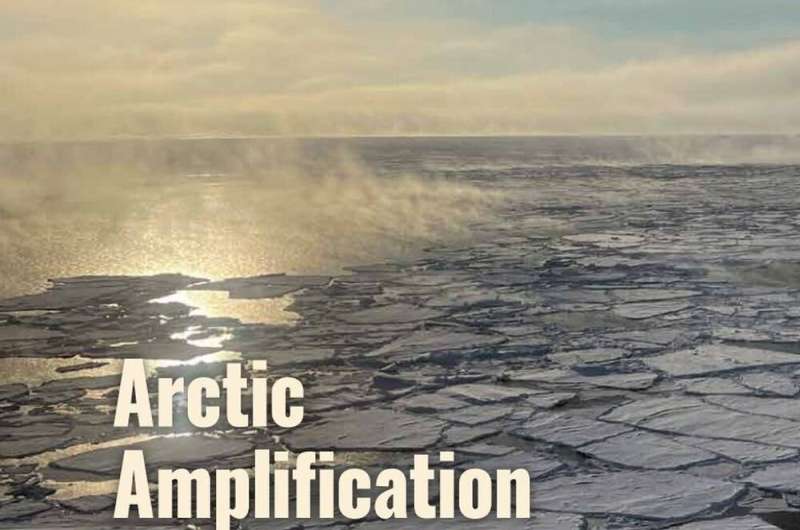This article has been reviewed according to Science X's editorial process and policies. Editors have highlighted the following attributes while ensuring the content's credibility:
fact-checked
peer-reviewed publication
trusted source
proofread
Arctic atmosphere has become significantly more moist, regional storm activity increasing, shows study

A publication on early results from the Collaborative Research Center (CRC) on climate change in the Arctic appears in Bulletin of the American Meteorological Society.
The CRC Transregio, led by the meteorologist Professor Manfred Wendisch from Leipzig University, is currently in its second funding period. Other participants in the CRC Transregio are the Universities of Bremen and Cologne as well as the Alfred Wegener Institute, Helmholtz Center for Polar and Marine Research (AWI) and the Leibniz Institute for Tropospheric Research (TROPOS) in Leipzig.
"Being featured on the cover is a kind of international accolade for the work of our entire team," says Professor Wendisch. "The publication will help to make our results even more visible beyond the narrow circle of specialists, within the entire international community of meteorologists, oceanographers and climate scientists."
The Arctic is warming two to three times faster than the rest of the world. This phenomenon is known as Arctic amplification. To understand this warming, the Transregional Collaborative Research Center (AC)³ was established in 2016. It includes modeling and data analysis efforts as well as observational elements.
The project has generated a wealth of ground-, air-, ship- and satellite-based data on the physical, chemical and meteorological properties of the Arctic atmosphere, cryosphere and upper ocean, which are available to the Arctic climate research community.
Some 1,700 data sets alone are stored on a freely accessible research data server, which is operated by the University of Bremen and the Alfred Wegener Institute. Global coupled atmosphere-ocean models have been continuously developed as part of the Collaborative Research Center's work.
The scientists used existing and new data to identify short-term changes and indications of long-term trends in Arctic climate variables. For example, they found that the Arctic atmosphere has become significantly more moist and regional storm activity has increased. Winter warming in the regions around Svalbard and the North Pole has increased, resulting in a decrease in sea ice thickness in the Fram Strait and in snow depth on the ice.
In order to better link results in the future, researchers are developing cross-cutting themes to answer key questions in four focus areas: lapse rate feedback, surface processes, Arctic mixed-phase clouds, and airmass transport and transformation.
More information: M. Wendisch et al, Atmospheric and Surface Processes, and Feedback Mechanisms Determining Arctic Amplification: A Review of First Results and Prospects of the (AC)3 Project, Bulletin of the American Meteorological Society (2022). DOI: 10.1175/BAMS-D-21-0218.1
Journal information: Bulletin of the American Meteorological Society
Provided by Leipzig University



















